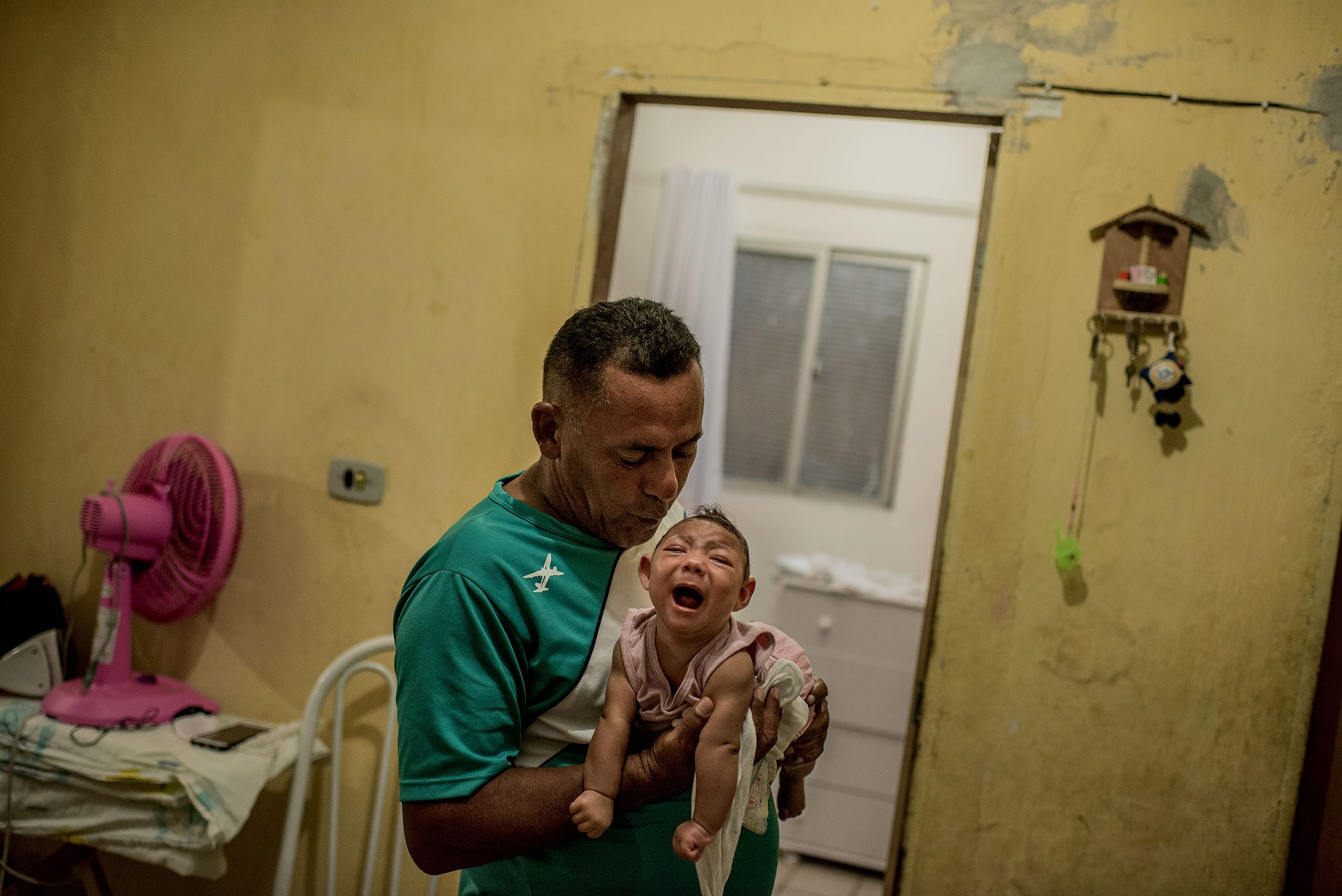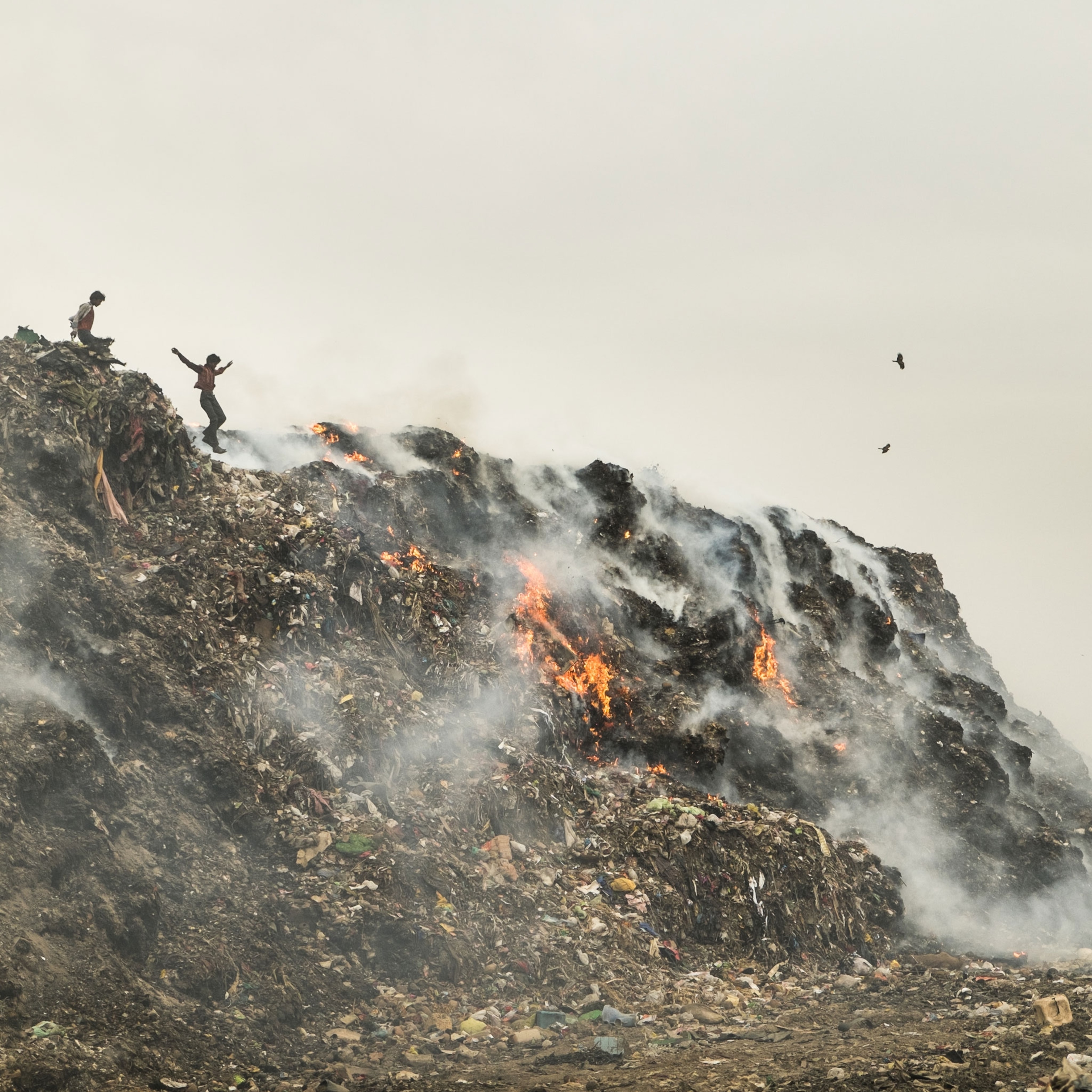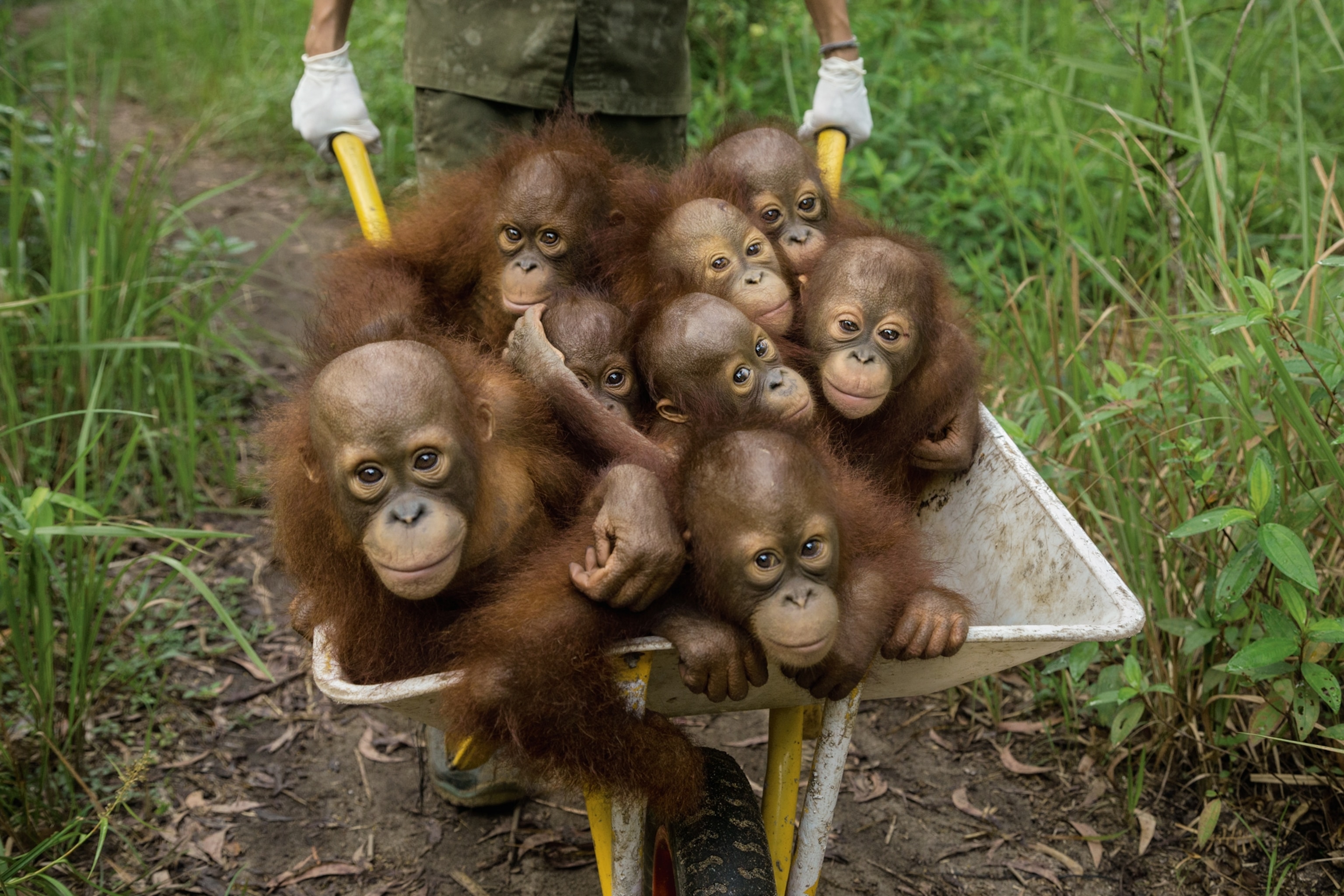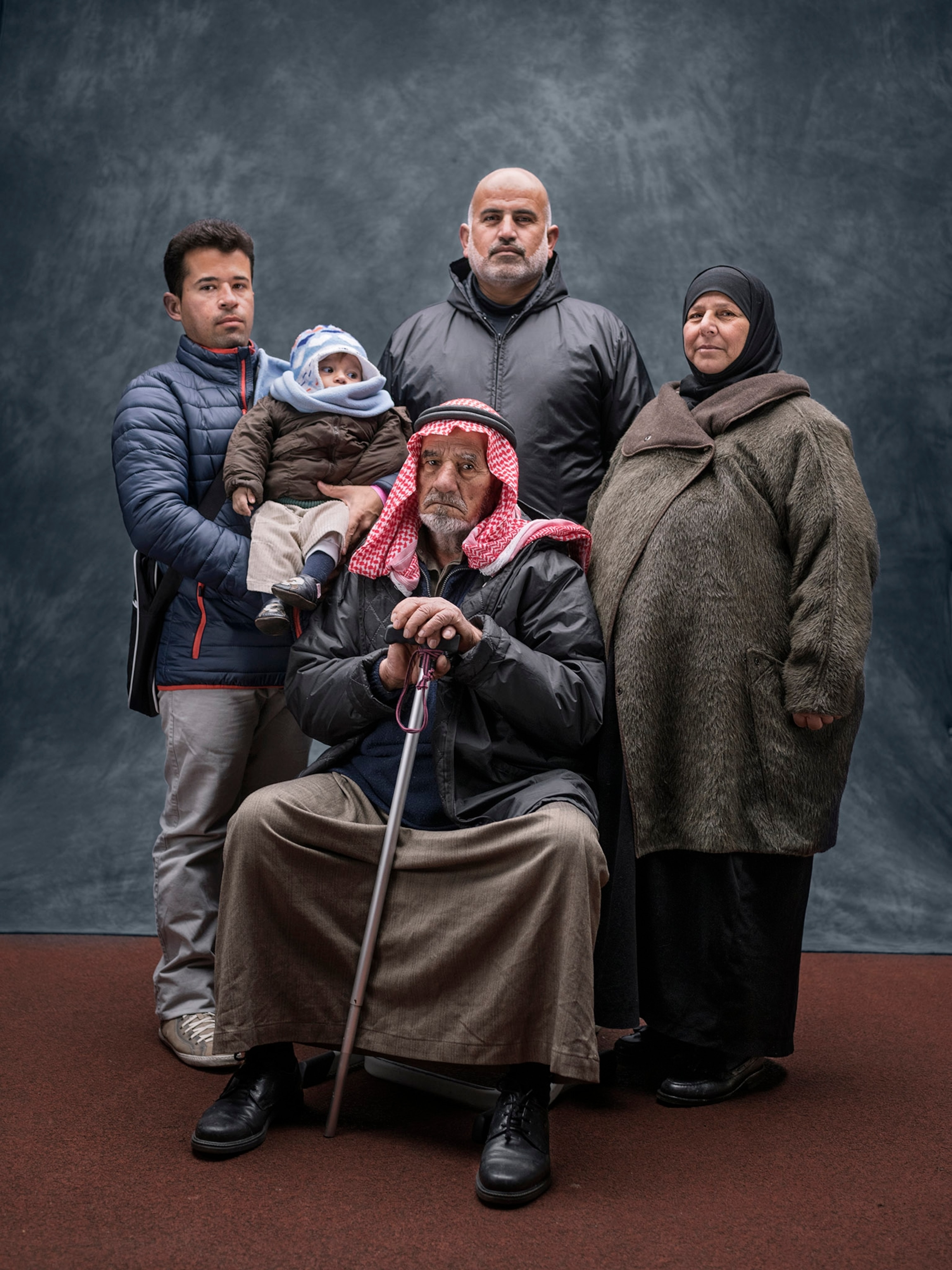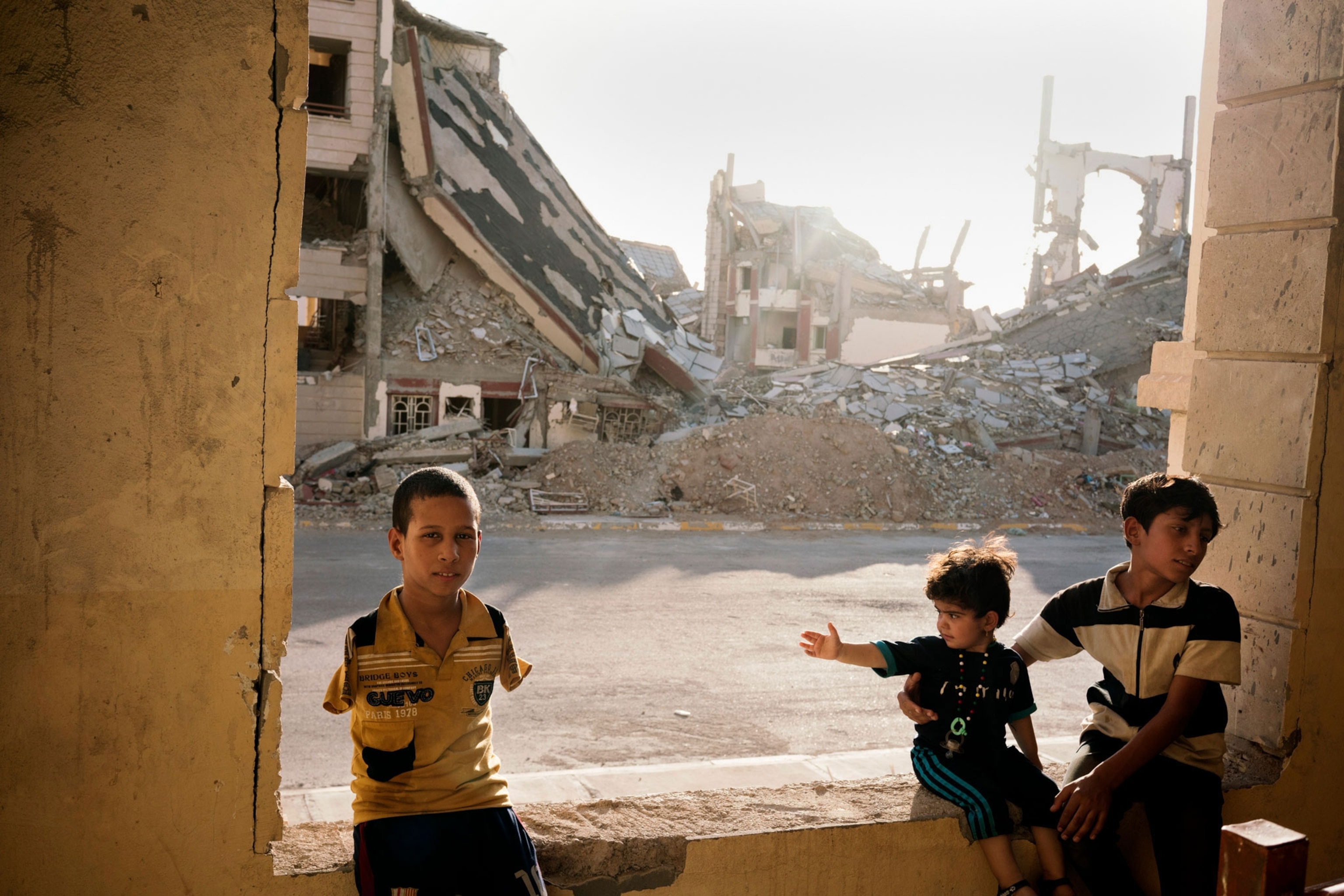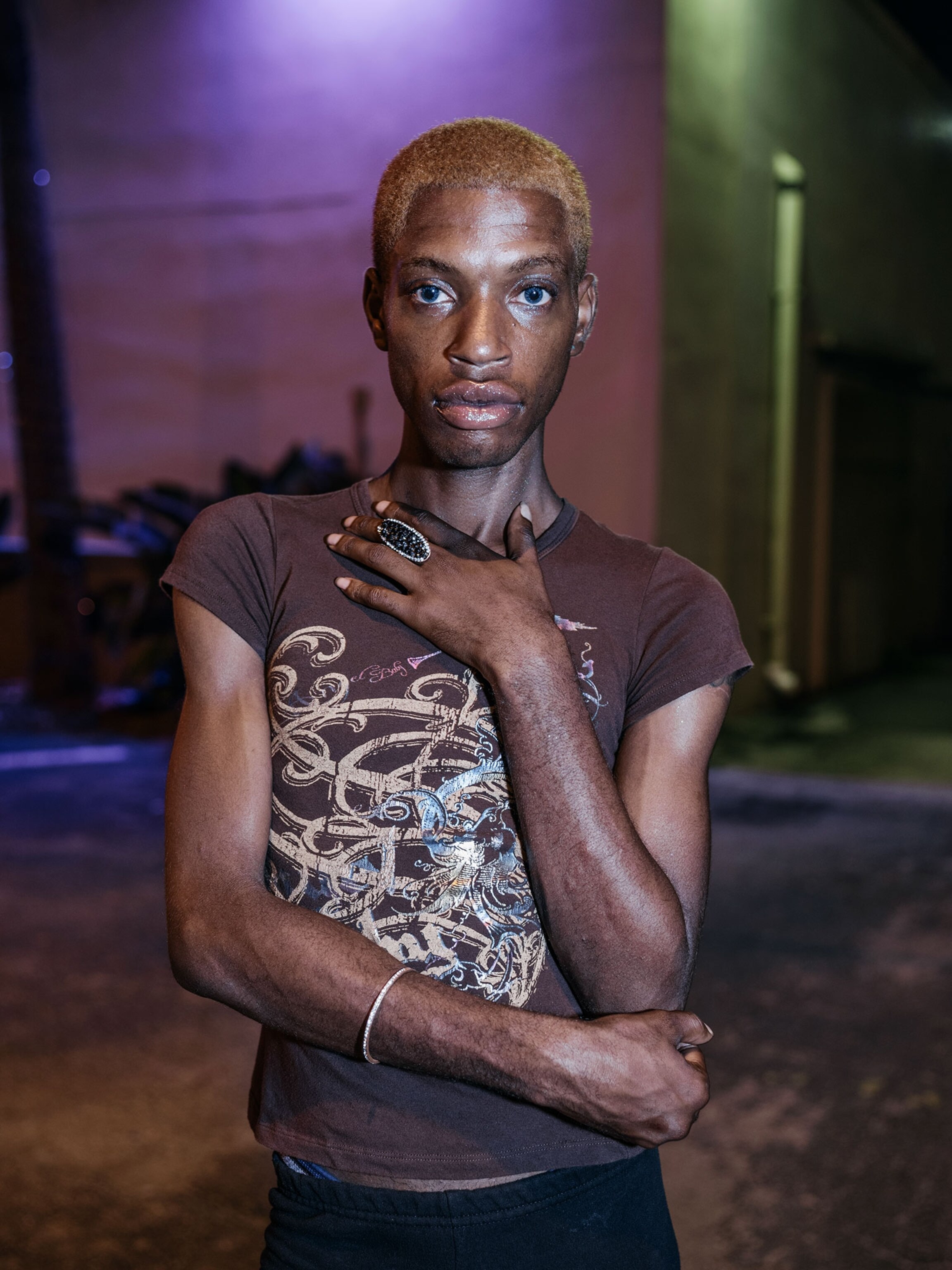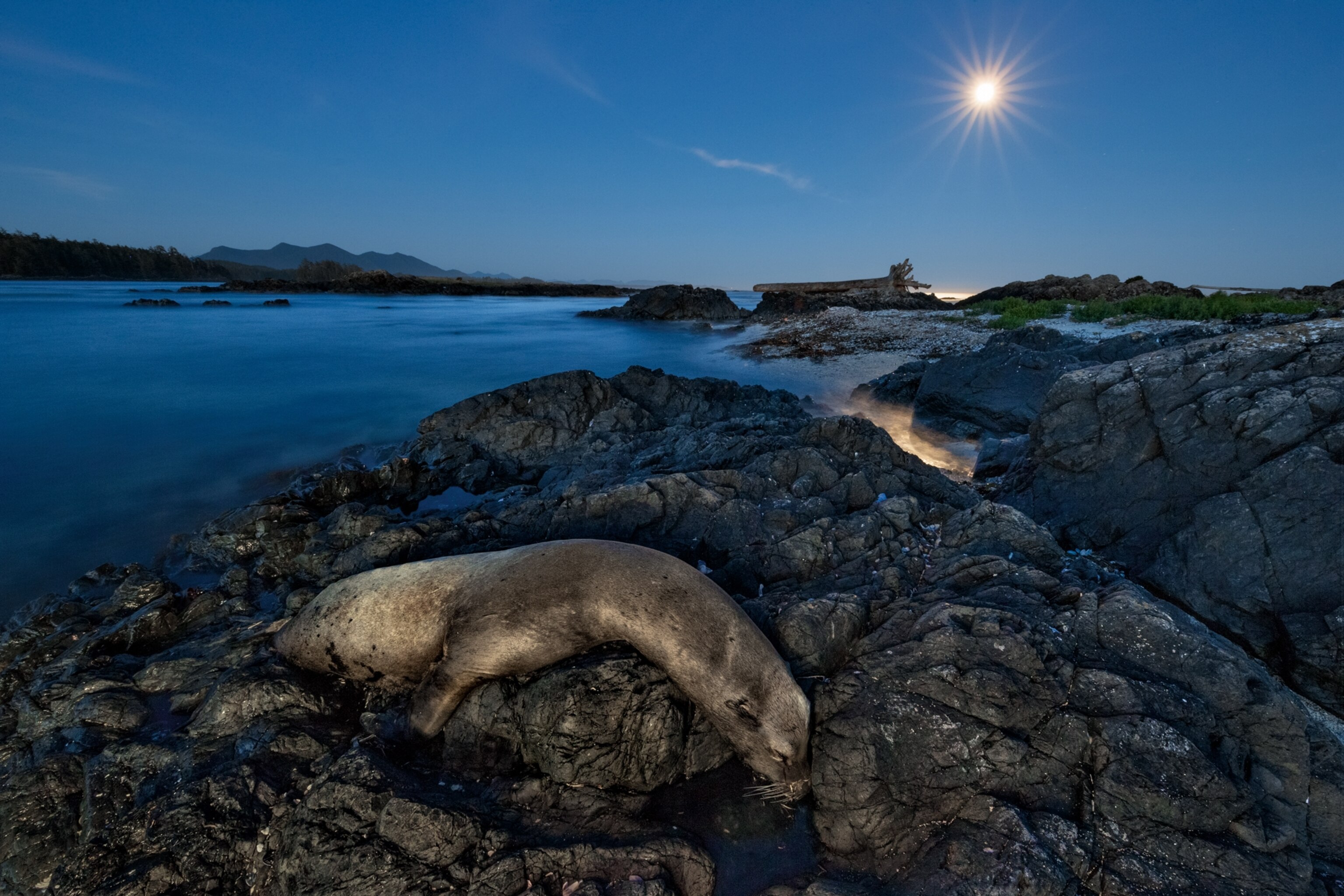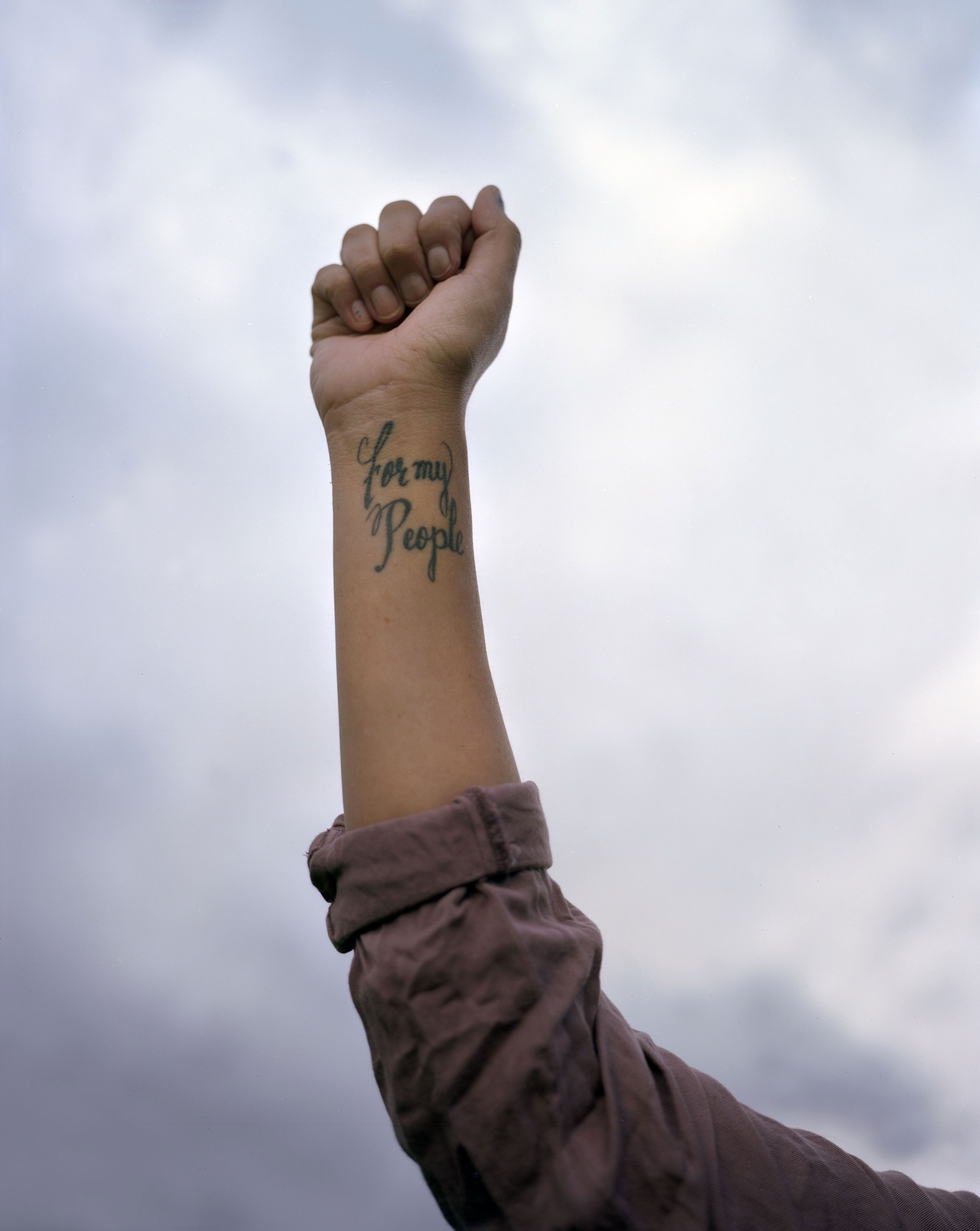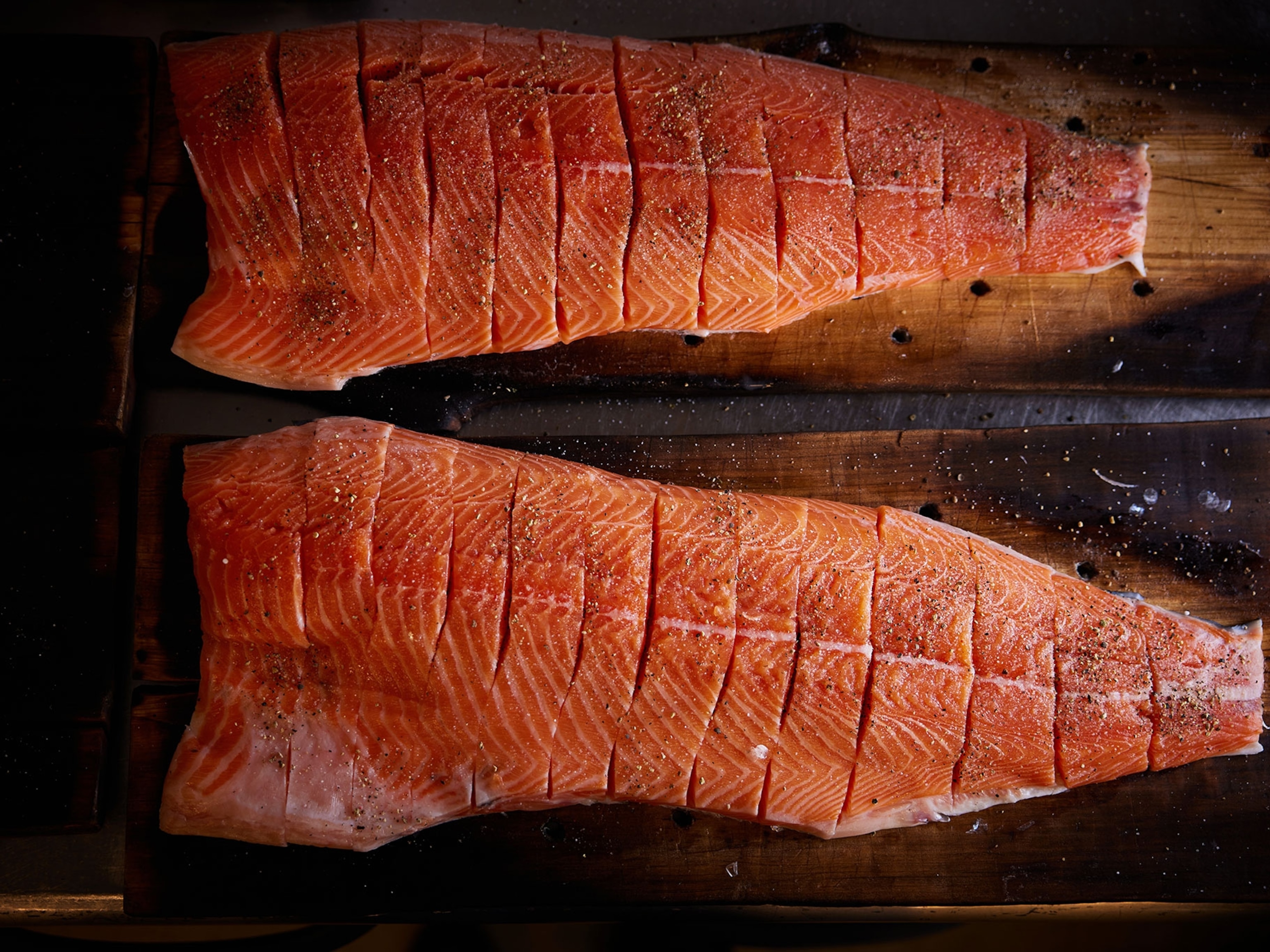Most Moving Photos of 2016
Taking a look at the most emotionally charged photos taken by National Geographic photographers over the course of the year.
What makes a photograph moving? Emotional gravity, says National Geographic photo editor Elijah Walker, and another term for that is stakes. Something at stake, such as a person, a place, or something different entirely. Walker can often detect an image's emotional punch at one glance, and the giveaway is a moment of genuine joy, anger, sorrow, surprise, or awe.
Most often, powerful images are ones of people, but not always. A dead zebra scavenged by vultures evokes the unflinching rawness of life and death. A dramatically shrunk glacier demonstrates the irreversible footprints of human development.
Two of the most arresting images we published this year featured kids. In one, a group of siblings in Flint, Michigan, carries cases of bottled water, their only source of fresh drinking water following the discovery of tap water contaminated by lead. In the other, in Ramadi, Iraq, a young boy with no arms sits with other kids in a windowsill carved by the rubble of war. In both images, unlikely places to find kids, and in neither, in positions that they should be.

